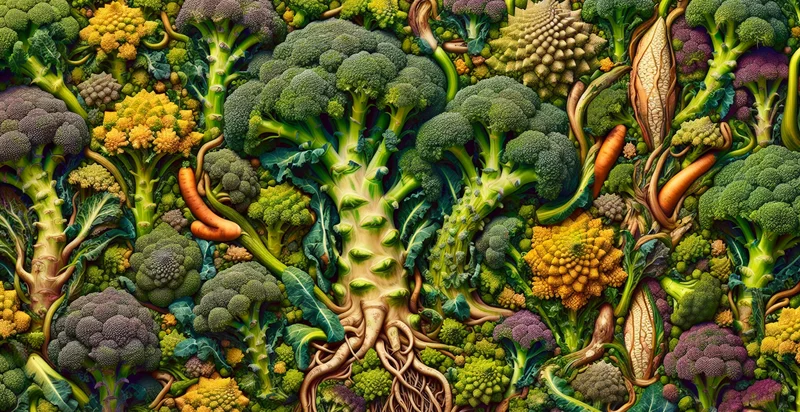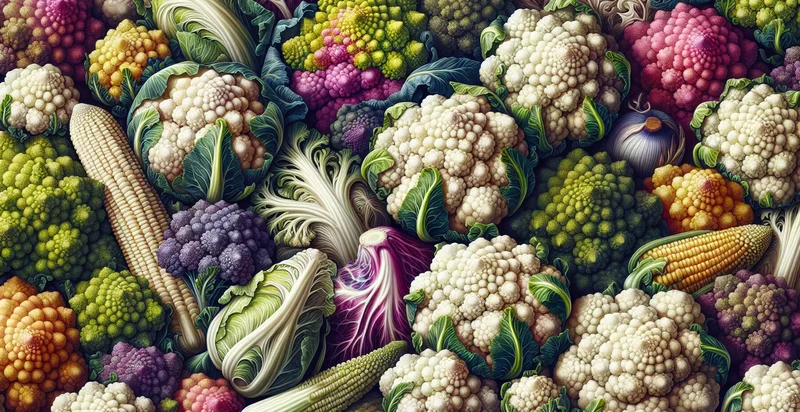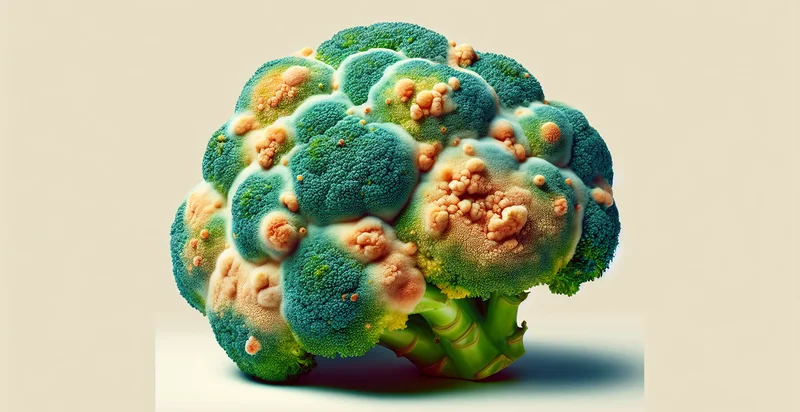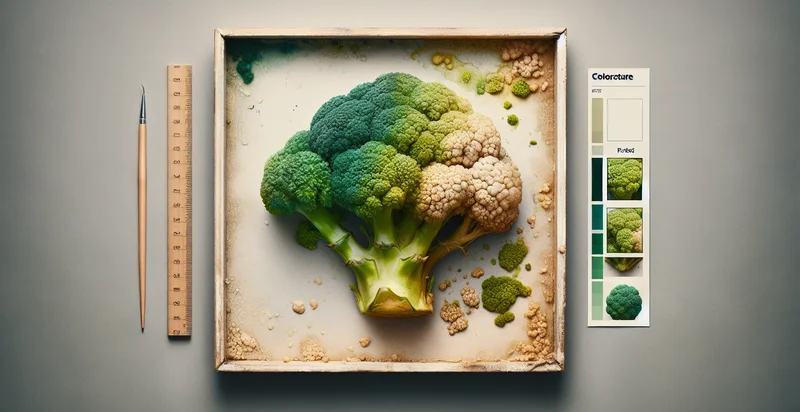Identify broccoli species
using AI
Below is a free classifier to identify broccoli species. Just upload your image, and our AI will predict what species of broccoli it is - in just seconds.

Contact us for API access
Or, use Nyckel to build highly-accurate custom classifiers in just minutes. No PhD required.
Get started
import nyckel
credentials = nyckel.Credentials("YOUR_CLIENT_ID", "YOUR_CLIENT_SECRET")
nyckel.invoke("broccoli-species", "your_image_url", credentials)
fetch('https://www.nyckel.com/v1/functions/broccoli-species/invoke', {
method: 'POST',
headers: {
'Authorization': 'Bearer ' + 'YOUR_BEARER_TOKEN',
'Content-Type': 'application/json',
},
body: JSON.stringify(
{"data": "your_image_url"}
)
})
.then(response => response.json())
.then(data => console.log(data));
curl -X POST \
-H "Content-Type: application/json" \
-H "Authorization: Bearer YOUR_BEARER_TOKEN" \
-d '{"data": "your_image_url"}' \
https://www.nyckel.com/v1/functions/broccoli-species/invoke
How this classifier works
To start, upload your image. Our AI tool will then predict what species of broccoli it is.
This pretrained image model uses a Nyckel-created dataset and has 15 labels, including Asparagus Broccoli, Broadleaf Broccoli, Broccoli Raab, Broccolini, Calabrese Broccoli, Chinese Broccoli, Italian Green Broccoli, Leafy Broccoli, Mini Broccoli and Purple Cauliflower.
We'll also show a confidence score (the higher the number, the more confident the AI model is around what species of broccoli it is).
Whether you're just curious or building broccoli species detection into your application, we hope our classifier proves helpful.
Related Classifiers
Need to identify broccoli species at scale?
Get API or Zapier access to this classifier for free. It's perfect for:
- Crop Quality Assurance: This function can be utilized by agricultural businesses to identify and classify different species of broccoli, ensuring that only high-quality produce is harvested and sold. By classifying broccoli species accurately, farmers can improve their yield and maintain better quality control standards.
- Supply Chain Optimization: Food distributors can implement this classification function to streamline their supply chain process. By accurately identifying broccoli species at various stages – from processing to distribution – companies can optimize inventory management and reduce waste.
- Consumer Education Platforms: This function can be integrated into apps aimed at educating consumers about different broccoli species, their nutritional benefits, and cooking methods. By providing users with detailed information about each species, platforms can enhance user engagement and promote healthy eating habits.
- Research and Development: Agricultural research institutions can employ the broccoli species identifier to support studies on plant genetics, disease resistance, and climate adaptation. This classification can aid in tracking and enhancing the development of broccoli hybrids tailored for specific environmental conditions.
- Food Fraud Detection: Retailers and food safety organizations can use this classification function to combat food fraud by ensuring that the broccoli sold matches its labeled species. This application helps improve consumer trust and safeguards against misrepresentation in the marketplace.
- Agricultural Training Programs: Educational institutions can incorporate this identifier into their training modules for aspiring farmers and agronomists. By understanding the differences between broccoli species, students can gain practical insights for better crop management and planning.
- Culinary Industry Applications: Restaurants and chefs can leverage this function to ensure they are using the specific broccoli species needed for certain recipes. Accurate identification of broccoli types can elevate culinary experiences and ensure that dishes meet desired flavors and textures.


